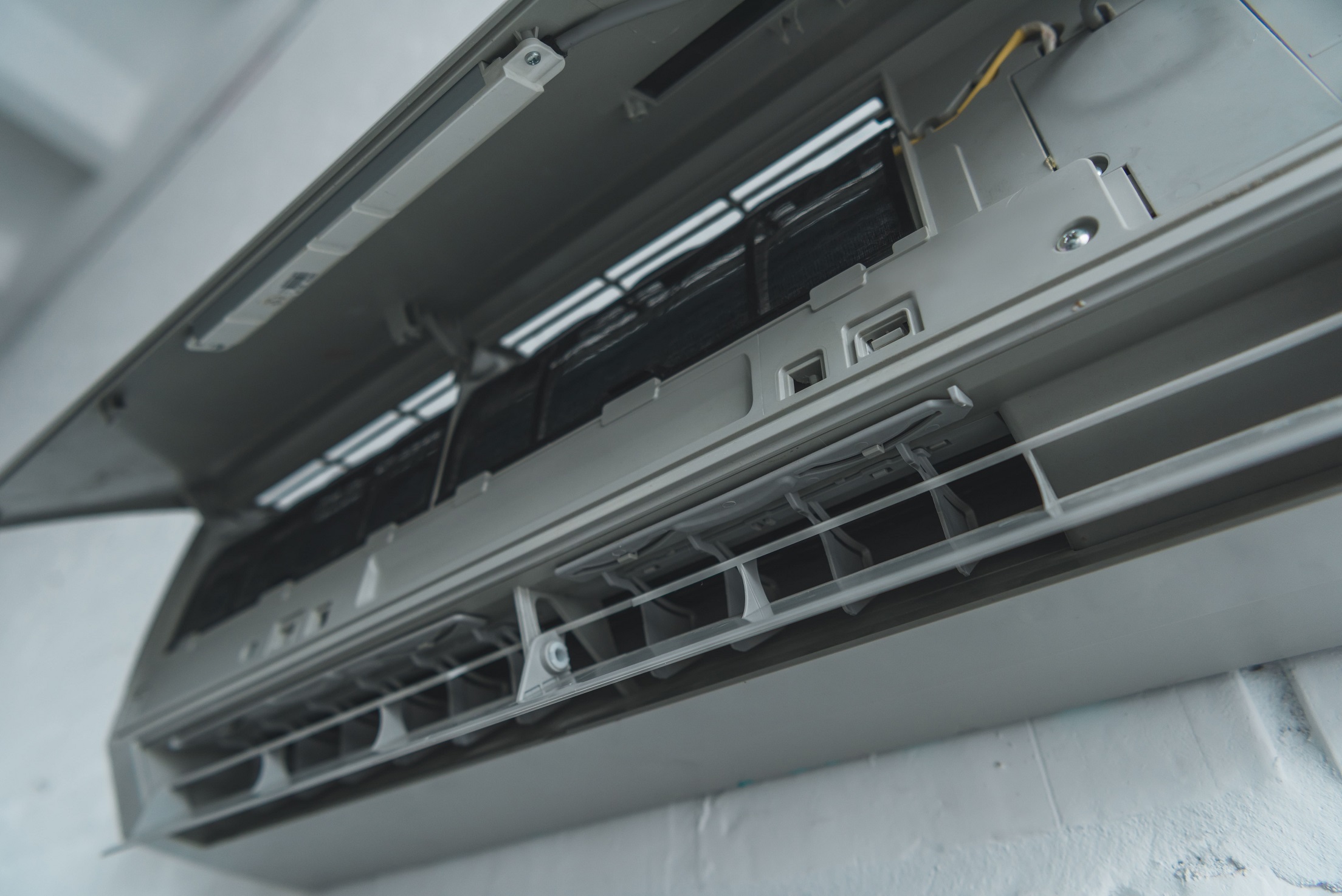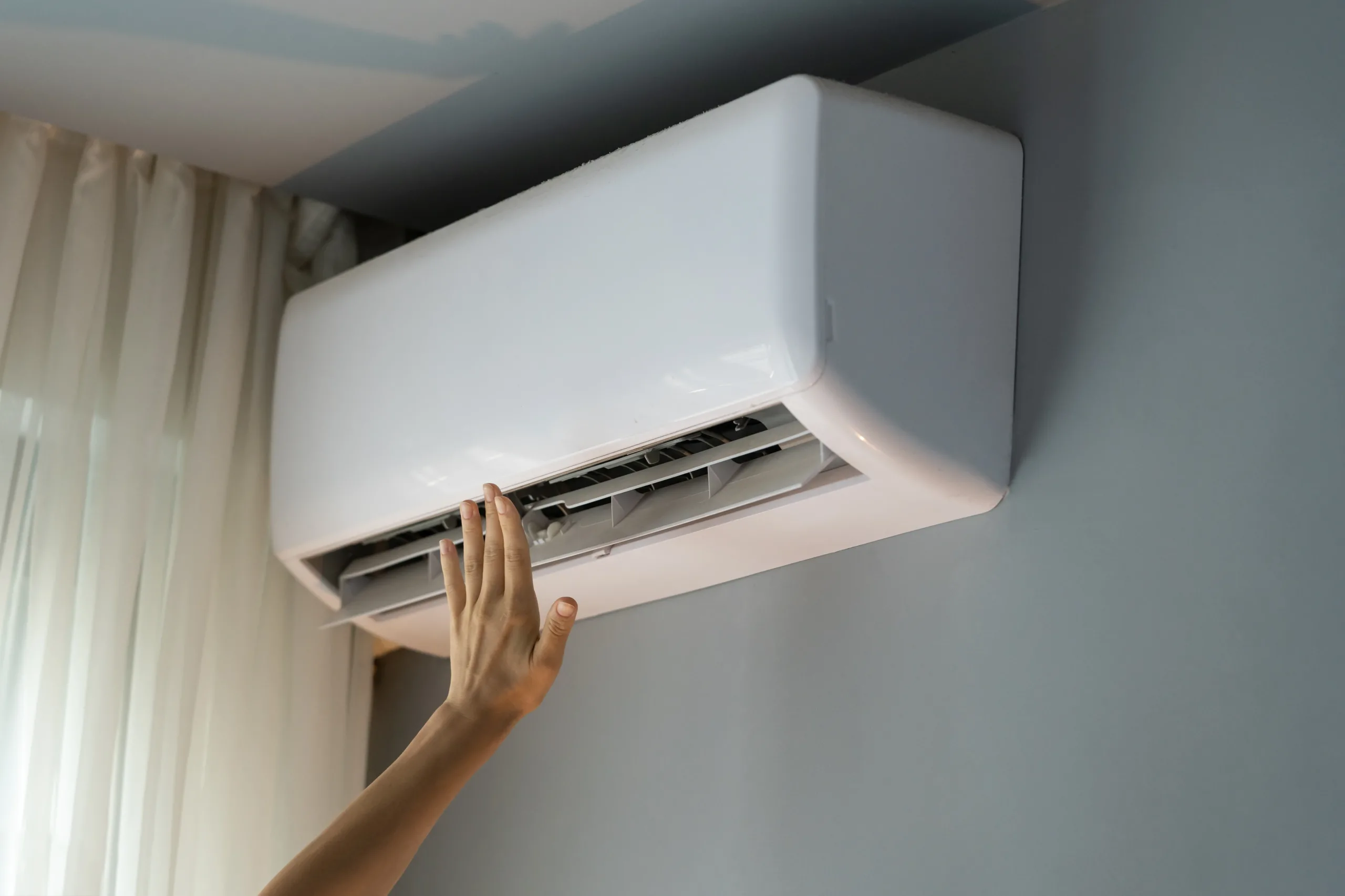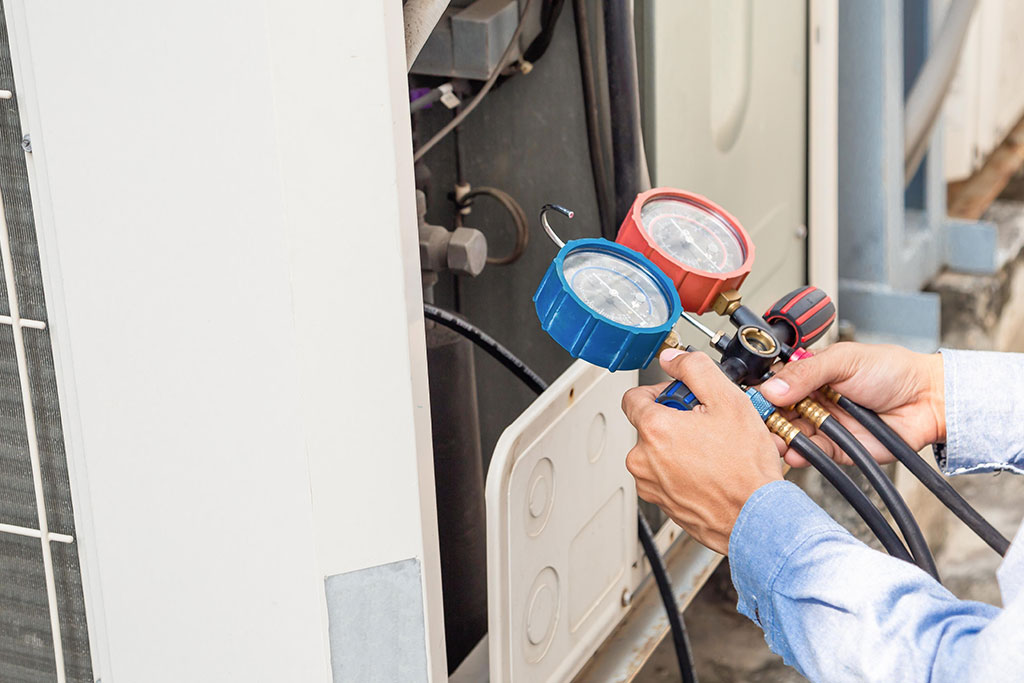
How Air Conditioners Work: Keeping Your Northern Arizona Home Comfortable Year-Round
In the diverse climate of Northern Arizona, particularly in areas like Sedona and Prescott, air conditioning plays a crucial role in maintaining comfort throughout the year. With elevations ranging from 4,000 to 7,000 feet, this region experiences a unique mix of warm summers and cool winters. Understanding how your AC system works can help you optimize its performance for the varied conditions of high desert living.
AC Refrigeration in Northern Arizona’s High Desert
Your Northern Arizona home’s air conditioner is a sophisticated system designed to maintain comfort in both hot and cool conditions. Unlike the constant cooling needs of lower desert areas, your AC here often needs to adapt to significant temperature swings.
The Refrigeration Cycle
These factors will influence your AC choice and its performance.
Key Components of an Air Conditioning System
1. Compressor
In Northern Arizona, your AC’s compressor benefits from our milder climate. However, it needs to be robust enough to handle occasional heat waves and adaptable to function well in cooler temperatures, especially if your system doubles as a heat pump for winter heating.
2. Condenser
The condenser in a Northern Arizona AC system generally operates more efficiently than in hotter climates due to our lower average temperatures. However, it still requires protection:
- Units should be shielded from intense sun exposure, common at our high elevation.
- Regular cleaning is important to remove pine needles, dust, and other debris common in our forested areas.
3. Expansion Valve
The expansion valve plays a crucial role in our variable climate. It needs to adjust refrigerant flow precisely to accommodate both warm days and cool nights, ensuring comfort and efficiency across a wide temperature range.
4. Evaporator
In Northern Arizona homes, the evaporator’s role varies with the seasons. During summer, it works to cool warm air, while in milder weather, it may need to dehumidify more than cool, especially during monsoon season.
The Air Circulation Process in Homes
The air circulation process in Northern Arizona homes is adapted to our unique climate:
- Return Air: Air is drawn into the system through return ducts. The temperature of this air can vary widely depending on the season and time of day.
- Filtration: The air passes through a filter. This step is crucial in our area for removing dust, pollen, and small particles from our forest and high desert environment.
- Cooling/Heating: Depending on the season and settings, the air is either cooled by passing over the evaporator coils or heated if your system includes a heat pump function.
- Distribution: The conditioned air is then circulated through your home. In our climate, zoned systems are popular to account for temperature differences between sun-exposed and shaded areas of the home.
Energy Efficiency Considerations for Northern Arizona Homes
In Northern Arizona, where we experience both heating and cooling needs, energy efficiency is key:
- Heat Pump Systems: Many homes benefit from heat pump systems that can both cool and heat efficiently in our climate.
- Programmable Thermostats: These are especially useful to adapt to our significant day-night temperature swings.
- Proper Insulation: Good insulation is crucial to maintain efficiency in both summer and winter.

Conclusion
Understanding how your AC works in the unique climate of Northern Arizona can help you optimize its performance year-round. Regular maintenance is important to ensure your system can handle both our warm summers and cool winters effectively.

FAQs for Northern Arizona Homeowners
- Q: Do I need both an air conditioner and a heater in Northern Arizona? A: Many Northern Arizona homeowners find that a heat pump system works well for both cooling and heating. These systems can efficiently cool your home in summer and provide heat in winter, adapting well to our climate’s needs.
- Q: How often should I have my AC serviced in Northern Arizona? A: It’s recommended to have your system serviced twice a year: once in spring before the cooling season, and once in fall before the heating season. This ensures your system is prepared for both summer and winter.
- Q: Why does my AC seem less effective during monsoon season? A: During monsoon season, the increased humidity can make your home feel warmer even if the temperature hasn’t changed. Your AC works to remove this excess moisture, which can reduce its cooling capacity. Using a dehumidifier in conjunction with your AC can help maintain comfort.
- Q: Should I cover my outdoor AC unit during winter in Northern Arizona? A: If your system is only for cooling, covering it during winter can protect it from snow and debris. However, if you have a heat pump that you use for winter heating, do not cover the outdoor unit as it needs to operate year-round.
- Q: How can I make my AC more efficient in our varied climate? A: Several strategies can help:
- Use blinds or curtains to block out the sun during hot afternoons.
- Ensure your home is well-insulated to maintain temperature in all seasons.
- Use ceiling fans to help circulate air and improve comfort.
- Consider a zoned system to account for temperature differences in your home.
- Keep up with regular maintenance, including changing filters as recommended by your system’s manufacturer.
Remember, while understanding the basics of AC operation is valuable, it’s always best to consult with a professional HVAC technician for any repairs or major maintenance. They can ensure your system is optimized for the unique climate challenges of Northern Arizona.








